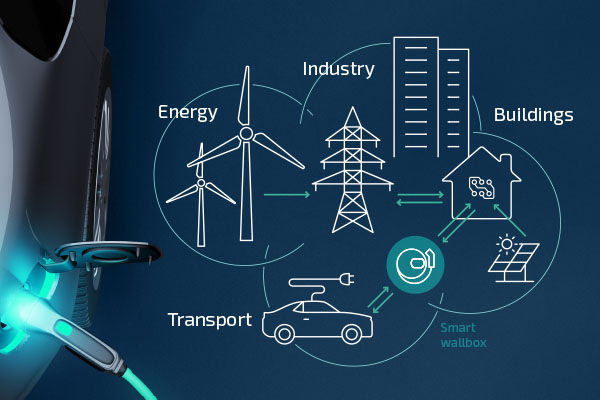Sector coupling
Sector coupling potential demands secure communications

Beyond reductions in local air pollution and fossil fuel consumption, EVs could also make an important contribution to societal energy efficiency through participation in sector coupling. This is the integration and coordination of different energy sectors – such as electricity, heating, cooling and transport – with the goal of optimising the use of renewable energy sources and improving overall energy efficiency across all of those sectors. Realising this, however, will require the establishment and maintenance of secure communications at low cost, and that is a major challenge, as Alexander Bourgett, vice-president of strategic development and research at eSystems MTG in Germany, explains to Peter Donaldson.
The company works with automotive OEMs in key areas linked to e-mobility, including bi-directional smart charging and embedded computing.
EVs fit into sector coupling in three main ways. The first is smart charging, often referred to as V1G, which can help to reduce peak power demand on the grid and improve system flexibility. The second is vehicle-to-grid (V2G), which can help through peak shaving (providing extra energy at times of high demand), reducing network outages, providing support for mini-grids and accommodating more variable renewables. The third way is vehicle-to-building (V2B) provision in which the EV provides buildings with supplemental power.
Read the entire article: https://www.emobility-engineering.com/esystems/
WIR SIND FÜR SIE DA